Forestry
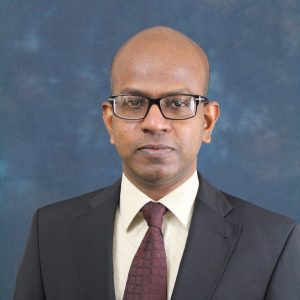
Nov. 14, 2017
Noel R. Aloysius
Noel Aloysius’ research and teaching focus on terrestrial hydrology, watershed biophysical processes and environmental informatics. Noel’s research group investigates how climate and weather, landscapes and land management drive precipitation-runoff processes and fate and transport of pollution at field-, watershed- and continental-scale river basins. His group utilizes field observations, long-term hydro-climate data, numerical and statistical models to examine the movement of water, solutes and sediments in response to environmental change and human management. Noel is a member of the Gulf Hypoxia Task Force SERA-46 research group representing the University of Missouri. The SERA-46 group is a consortium of twelve Land Grant…
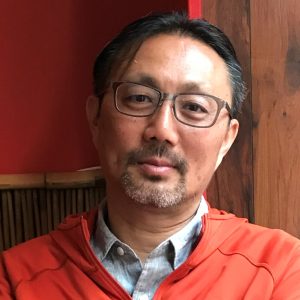
Nov. 3, 2017
Chung-Ho Lin
Lin is the lead scientist for the bioremediation, natural products and bioanalytical programs at the Center for Agroforestry at University of Missouri. His primary research involves the use of plants, microbes and engineered enzymes for bioremediation, ecological restoration, and development of bioeconomy. His bioremediation research focuses on bioremediation of organic pollutants and human pathogens. Since the COVID19 pandemic in 2020, Dr. Lin has successfully redirected the analytical resources and led his research team joining the task force ‘Coronavirus Sewershed Surveillance Project’ sponsored by the state and federal agencies to provide an early warning and capture the emergence of the…
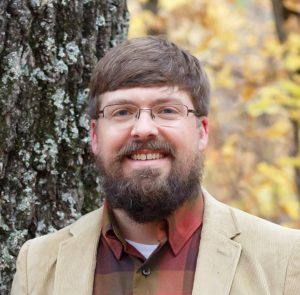
Nov. 3, 2017
Benjamin Knapp
Educational background Ph.D. Forest Resources, Clemson University, 2012 Courses taught Forest Fire Control and Use Practice of Silviculture Silviculture Field Practicum…
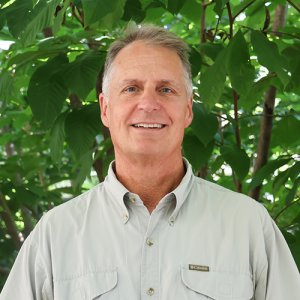
Nov. 3, 2017
John M. Kabrick
Kabrick’s research interests include investigating the ecological processes governing the regeneration and development of oak-dominated forests and woodlands and using this information to develop practical, scientific, and ecologically-based silvicultural prescriptions. Of particular interest are the interactions between the physical environment (e.g., geological parent material, landform position/aspect, soils, and hydrology) and forest vegetation dynamics; the relationship between site factors and oak decline and mortality; restoration of shortleaf pine and oak mixes; responses of upland forest systems to even-age, uneven-age, and no- harvest management; and natural and artificial regeneration of bottomland forests. Educational background Ph.D., 1995, University of Wisconsin-Madison…
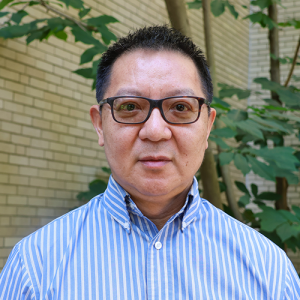
Nov. 3, 2017
Hong S. He
Educational background Ph.D., Chinese Academy of Sciences Courses taught NAT_R 2325/8325: Introduction to Geographic Information Systems NAT_R 4365/8365: GIS Applications NAT_R 8395: Landscape Ecology & GIS Analysis II…
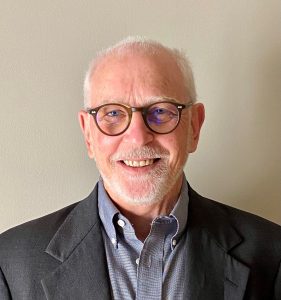
Oct. 27, 2017
Michael A. Gold
Educational background Ph.D. 1984, Michigan State University Courses taught FOR 4385/7385 – Agroforestry I: Theory, Practice and Adoption taught fall and spring semesters as asynchronous online course as part of UMCA online masters and graduate certificate in agroforestry…
- « Previous
- 1
- 2